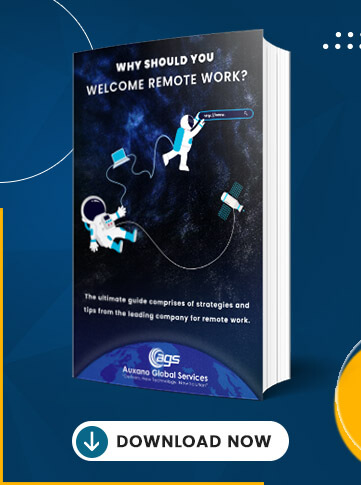The demand for IoT application development in the media and entertainment industry is growing as businesses look to increase efficiency, reduce costs and create a more engaging customer experience.
IoT technology offers an opportunity to revolutionize media and entertainment companies’ operations. By connecting devices, services, and data streams within a given business environment, media, and entertainment businesses can create an interconnected ecosystem of devices and services that provide real-time data, analytics, and insights.
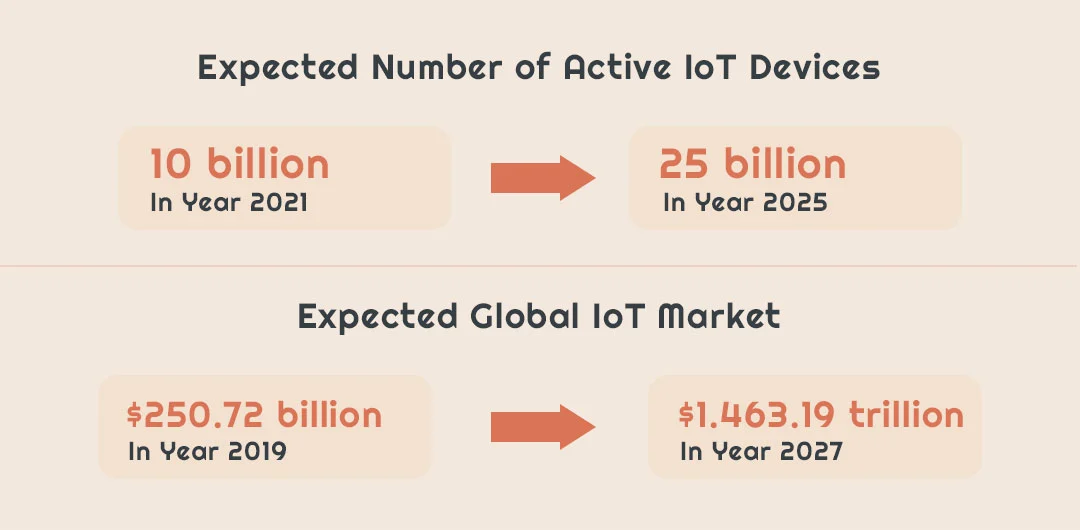
1. According to reports, the number of active IoT devices in 2021 was around 10 billion worldwide.
2. This number is expected to touch the benchmark of about 25 billion devices by the end of 2025.
3. Moreover, the global IoT market was around $250.72 billion in 2019, and by the end of 2027, it will surge to approximately $1.463.19 trillion.
Looking at the statistics, it is evident that the media and entertainment sector has made tremendous progress in IoT development. IoT technology enables media and entertainment companies to become more efficient, cost-effective, and focused on delivering a better customer experience.
How are IoT and Media & Entertainment Industries Connected?
IoT app development and the entertainment industry go hand-in-hand. IoT technology is used in the entertainment industry to streamline operations and improve customer experience. For example, IoT can be used to create interactive experiences such as virtual and augmented reality. It can also be used to improve the efficiency of content delivery, enabling media companies to stream content in real time.
Furthermore, IoT technology can be used to create automated processes that enable media and entertainment companies to save on costs and time. IoT sensors can also be used to detect how customers are interacting with media products, allowing businesses to gain better insights into customer behavior and preferences.
IoT technology also enables media and entertainment companies to create personalized experiences for customers. By connecting devices and data streams, businesses can create personalized experiences based on customer preferences and usage patterns.
Practical and Innovative IoT Applications in the Media & Entertainment Industry
If you’re in the entertainment industry and wondering how to leverage IoT app development services and expand your customer base, explore the below groundbreaking applications:
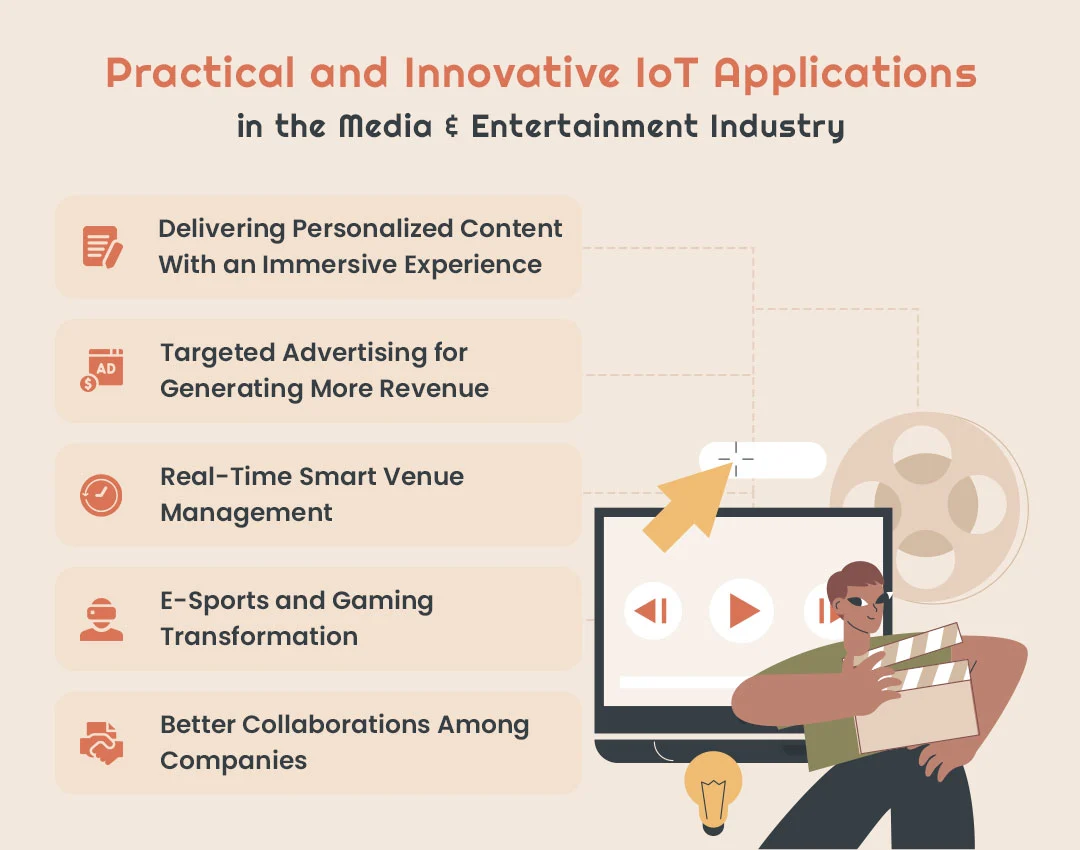
1. Delivering Personalized Content With an Immersive Experience
By leveraging IoT devices and technologies, media companies can provide a highly personalized experience to their customers. This includes tailoring the content based on customer preferences and delivering it in an immersive experience on smart TVs, laptops, and smartphones.
For instance, Netflix uses machine learning and AI to provide customers with personalized content recommendations. This way, they can present their customers with the most relevant content. Another example is Amazon Prime Video, which uses AI to provide a customized viewing experience based on customers’ browsing history and behavior.
As the modern 4K and 8K televisions come with in-built IoT capabilities, media and entertainment companies can leverage them to deliver content in an immersive experience. Moreover, it becomes easier for media companies to track customer behavior and preferences, allowing them to tailor their content accordingly.
A real-life example of this is a beacon technology-powered mobile app that sends personalized messages to users.
2. Targeted Advertising for Generating More Revenue
IoT devices and technologies are also ideal for targeted advertising, which helps media companies generate more revenue. By collecting data from IoT devices and analyzing it, advertisers can target potential customers with relevant ads.
For instance, Google Ads uses a ‘Smart Display Network’ to show ads on websites related to the products or services the advertiser is promoting. This way, advertisers can reach more customers with relevant ads and generate more revenue.
Moreover, media companies can also use IoT devices to analyze user behavior, allowing them to create targeted campaigns tailored to their customers’ needs. It helps to improve customer engagement and drives more revenue.
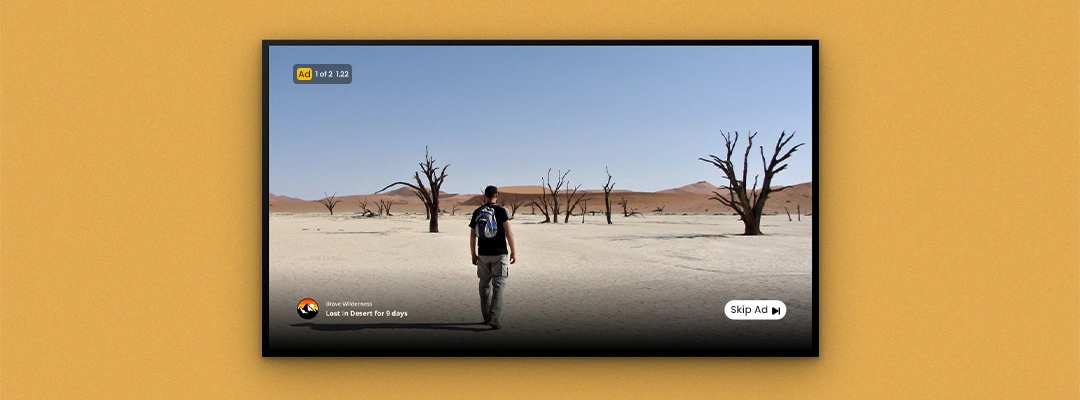
A real-life example of this IoT implementation is CTV (connected TV) ads that show targeted ads at a personal level for higher RoI.
3. Real-time Smart Venue Management
IoT developers can help media and entertainment companies develop a cloud-based platform to manage their venues in real-time. Venue operators can use this platform to monitor ticket sales and manage revenue.
Using RFID (Radio Frequency Identification) tags and other sensors, operators can track customers’ location in real-time, manage queue time and provide better customer service. Moreover, IoT technologies also allow them to track their assets and efficiently manage supplies.
This helps venue operators to provide their customers with a better experience and increase overall retention. For example, concert organizers can use IoT applications to enhance the security and safety of their venue by detecting and alerting staff to potential threats.
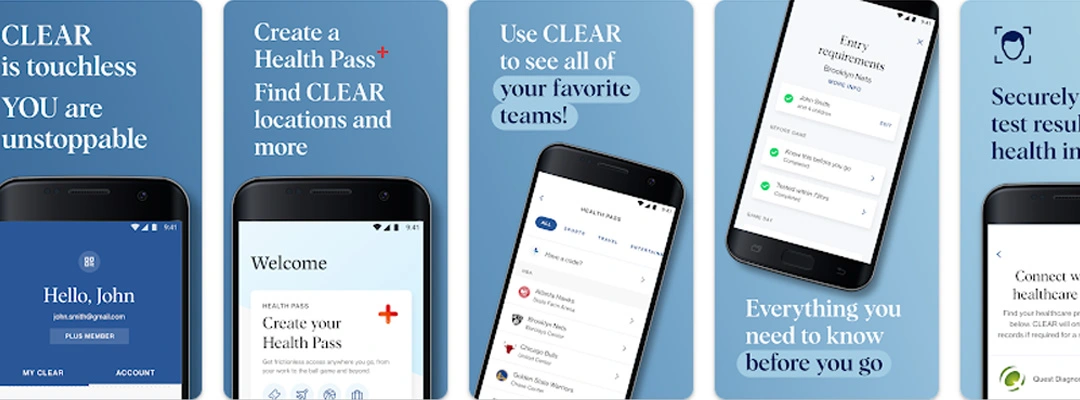
An American company, Alclear, is already using IoT technology that recognizes faces at stadiums through eyes and face mapping. It’s an ideal solution for stadiums for creating a secure pass system.
4. Esports and Gaming Transformation
The gaming industry has been undergoing a massive transformation due to the emergence of IoT technology. For instance, virtual reality (VR) and augmented reality (AR) has revolutionized how gamers experience their games. Moreover, with the advent of 5G networks and e-sports leagues, gaming is becoming more competitive and immersive.
Gaming companies can easily leverage IoT to provide their customers a better gaming experience. Moreover, they can use IoT app development services to create connected gaming devices, such as motion sensors and virtual controllers. It helps to make the gaming experience more interactive, allowing gamers to better understand the game.
In addition, IoT developers can also help gaming companies to create immersive virtual worlds that are based on real-world data. With the advent of metaverse technology, gaming companies can create complete virtual ecosystems that allow gamers to explore and interact with the world more realistically.
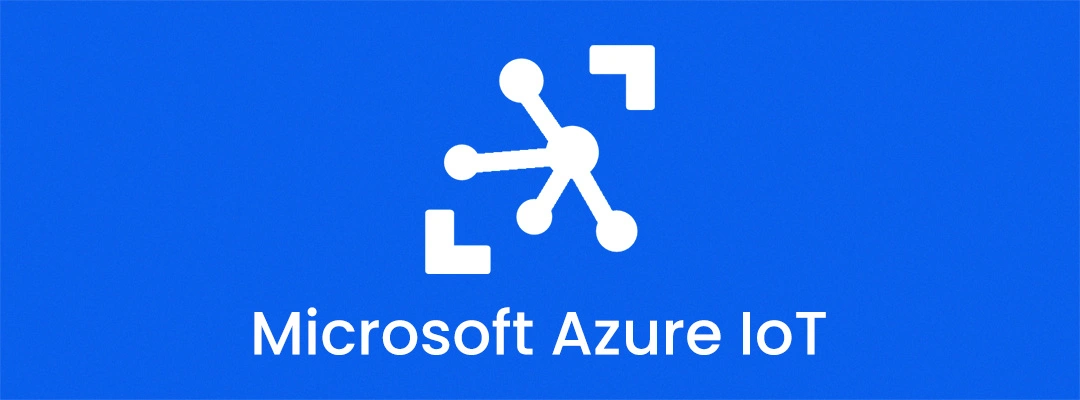
Microsoft’s Azure is an ideal example of this implementation. It is a cloud-based computing platform that allows game developers to integrate IoT and various other advancements to enhance the gaming experience.
5. Better Collaborations Among Companies
IoT technology can also help media and entertainment companies to collaborate better with each other. By creating shared workspaces, production teams can easily access and share files and communicate in real-time. This helps streamline the production process and allows companies to quickly develop creative content for their customers.
Moreover, media and entertainment companies can also use IoT applications to create secure online networks that allow them to connect and collaborate on projects. It helps to reduce costs, increase productivity and create better content for their customers.
IoT can help brands to create innovative and engaging content for their customers. By capitalizing on the power of IoT, media and entertainment companies can create better experiences that drive customer engagement and boost revenue.
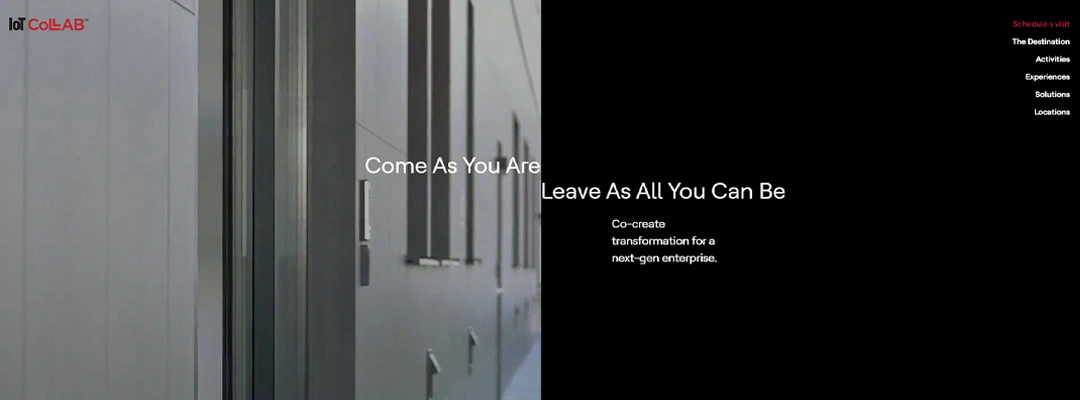
A real-life example of this use case is HCL’s IoT CoLLAB. It allows companies to co-create IoT-led solutions, customize requirements in a collaborative manner, and scale the business solution.
You might want to know what it costs to develop IoT apps, Let’s look at the following factors that may influence costs.
Top Factors Affecting IoT app development cost
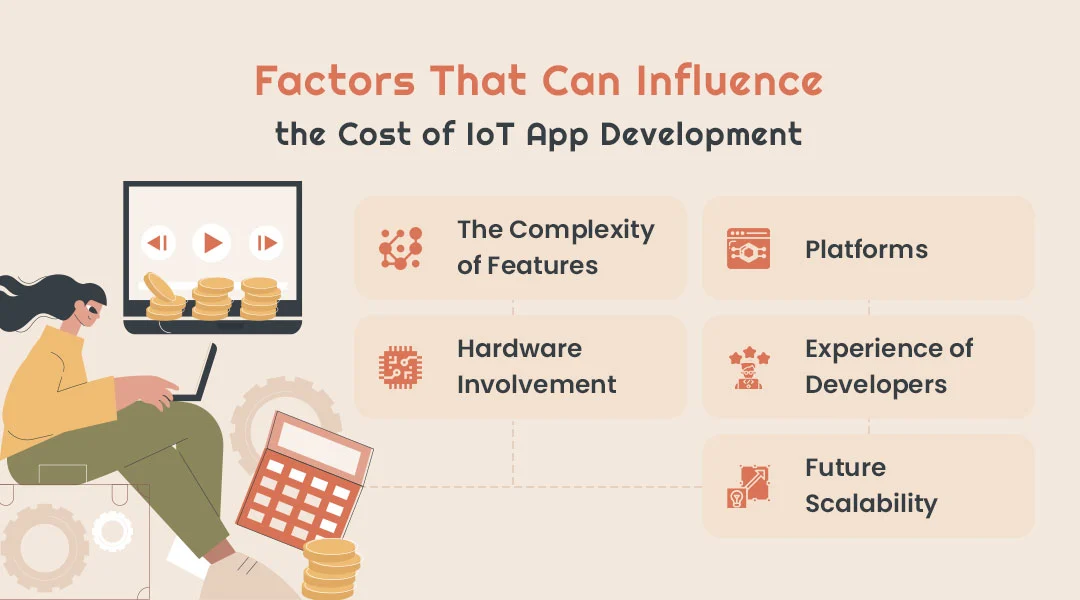
1. The Complexity of Features
The complexity of the features you want for your app can significantly influence the development cost. For example, if you need to develop an application with advanced features like real-time analytics, machine learning, and AI, then the cost of development is likely to be higher.
2. Platforms
The type of platform you choose for your application can also affect the cost. For example, if you want to develop a native app for iOS and Android devices, it will be expensive because the development process for each platform is different. On the other hand, if you want to develop a web or cross-platform app, then the cost is likely lower.
3. Hardware Involvement
The cost of developing an IoT application can also depend on the hardware components required. If you need to integrate specialized hardware or sensors into the app, then the cost of development is likely to be higher.
4. Experience of Developers
The experience and expertise of the developers you choose also play an essential role in determining the project’s cost. Highly experienced and specialized developers usually charge more for their services but provide better quality work. Moreover, the geo-location of the developers can also affect the total cost. Generally, developers from developed countries have higher rates than those from developing countries.
5. Future scalability
The scalability of your application also affects its cost. If you want an app that can be scaled in the future, it will require more effort and resources from the developers, increasing the overall cost.
Thus, you must hire the best IOT development company, like us. Auxano Global Services is a leading IoT app development company with extensive experience developing top-notch applications. Our experienced developers can help you create customized IoT applications tailored to your business needs.

Wrapping up!
IoT is a powerful tool ideal for media and entertainment companies to create better customer content. In 2024 when 5G internet speeds become the norm, more media and entertainment companies will be using the power of IoT to create innovative experiences that drive customer engagement.
Frequently Asked Questions
-
1. What is IoT in media and entertainment?
IoT in media and entertainment refers to using internet-connected devices and platforms to create content, improve customer experience, and boost revenue.
-
2. Why is IoT the future for media and entertainment?
IoT is the future for media and entertainment because it allows companies to create innovative content and experiences that drive customer engagement. Moreover, with the launch of 5G internet speeds, it will be easier to transmit high-quality content quickly.
-
3. Is it possible to migrate legacy systems to IoT?
Yes, it is possible to migrate legacy systems to IoT. Using the right technologies and strategies, you can successfully migrate existing systems to IoT.
-
4. How can my business benefit from using IoT app development services?
Your business can benefit from using IoT app development services in a variety of ways. It can help you create better content, improve customer experience, increase operational efficiency, and boost revenue.



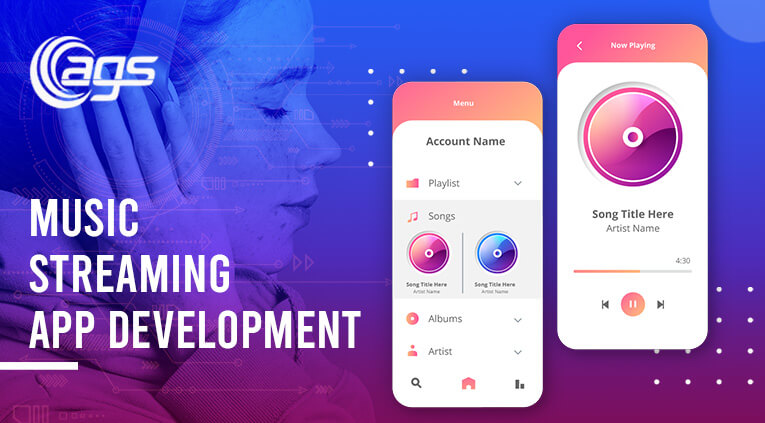
![How Much Does It Cost to Develop an IoT App? [2023]](https://www.auxanoglobalservices.com/agsresources/wp-content/uploads/2023/03/How-Much-Does-It-Cost-to-Develop-an-IoT-App.jpg)
